After you've installed new sod on your property in Ohio, you'll want to make sure that you take the necessary steps to ensure it stays healthy and looks its best. There are several things you can do to keep your new sod looking great. One is to ensure it receives a fertilizer treatment packed with essential nutrients to help your new sod establish roots. Second, you'll want to put down weed control treatments to keep weeds from emerging on your new lawn, especially between the cracks of the sod. Third, it's important to aerate your new sod to help the roots establish so your lawn is anchored on the ground. Lastly, any brown spots that will appear on your sod, especially when it gets hot, should be dug up. This way, you can keep your lawn nice and green!
1. Fertilize your new sod to provide it with the nutrients it needs to thrive.
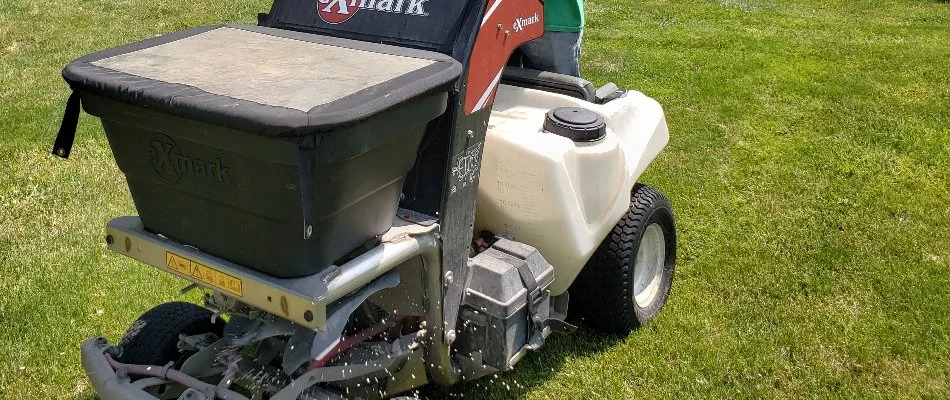
One of the best things you can do for your new sod is to fertilize it. Fertilizer treatments contain essential nutrients that promote healthy grass growth, strong roots, and fortified resilience against stressors. After installation, it's important to administer a starter fertilizer, which is formulated to give new grass a much-needed boost to grow and develop strong, deep roots. You'll also want to continue providing fertilizer treatments throughout the growing season to ensure your sod has a continuous supply of vital nutrients to maintain its healthy and vibrant growth.
2. Apply weed control treatments to prevent weeds from taking over your new sod.
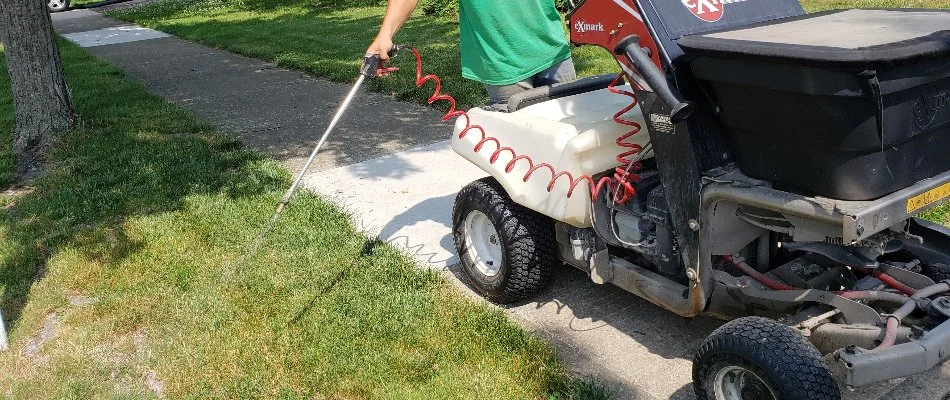
Weeds can be a major problem for new sod, as they can quickly take over and outcompete your grass for nutrients and water. To prevent weeds from taking over your new sod, apply weed control treatments. You'll want to take advantage of pre-emergent weed control to keep newly germinated weeds from emerging and taking over your turf. This weed control treatment will be significantly helpful in preventing weeds from sprouting in between the cracks of sod pieces. If you see any weeds, like crabgrass and dandelion, already on your sod, get rid of them via post-emergent weed control treatment. This treatment will tackle existing weed growth and stop it from causing issues on your lawn.
3. Aerate your new sod to loosen compacted soil.
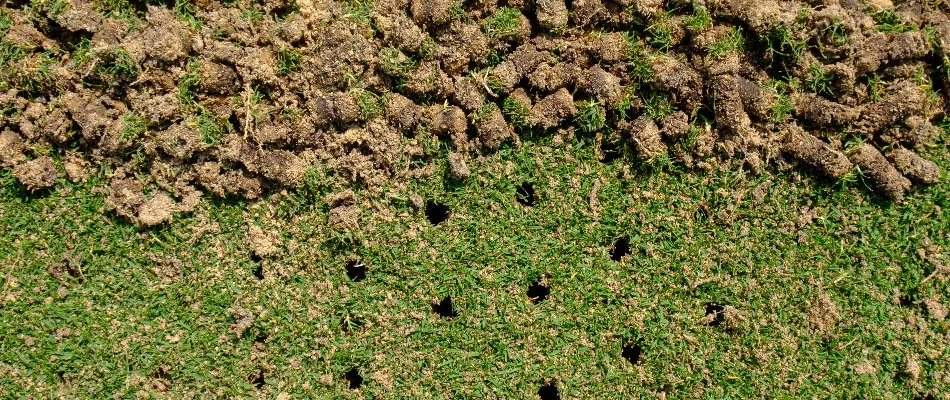
Aeration is an important process that will help your new sod take root. This process involves poking holes in your lawn to loosen compacted soil, creating channels for nutrients and other resources to reach the roots of your grass. Aerating the soil will also create more space on the ground for your new sod to establish deeper and stronger roots. With a more robust root system, your new lawn will be able to endure harsh conditions and stand up to stressors well!
4. Dig up any brown spots that you find on your new sod.
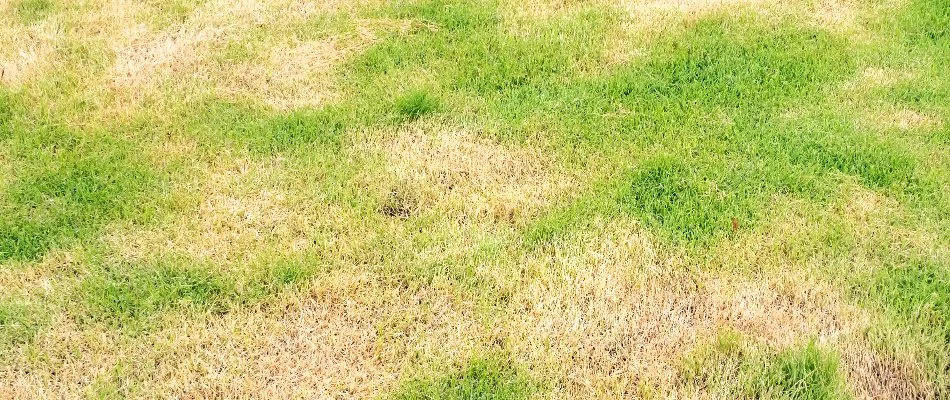
If you notice any brown spots on your new sod, it's important to address them right away. To address brown spots, you'll want to dig them up and remove any dead grass. These brown spots can be caused by any rocks or concrete pieces under the sod that were mixed up during the final grade. When it gets hot, these rocks can make the lawn hotter, causing the grass blades to turn brown! After digging up and removing the brown spots, you can then grow new grass in place of those areas that you removed. This way, you can maintain the lush and green growth of your lawn!
Call us today to sign up for our lawn care services!
If you have a new lawn that you need help taking care of, you've come to the right place! At Hoffmans Lawn & Fertilization, we offer lawn care services like lawn fertilization, weed control, and aeration to ensure your grass receives everything it needs and more to reach its full potential. These services are offered to commercial and residential properties, as well as HOAs, in Delaware, OH, and nearby communities like Lewis Center and Powell. Give us a call today at (740) 318-5296 to schedule our services!

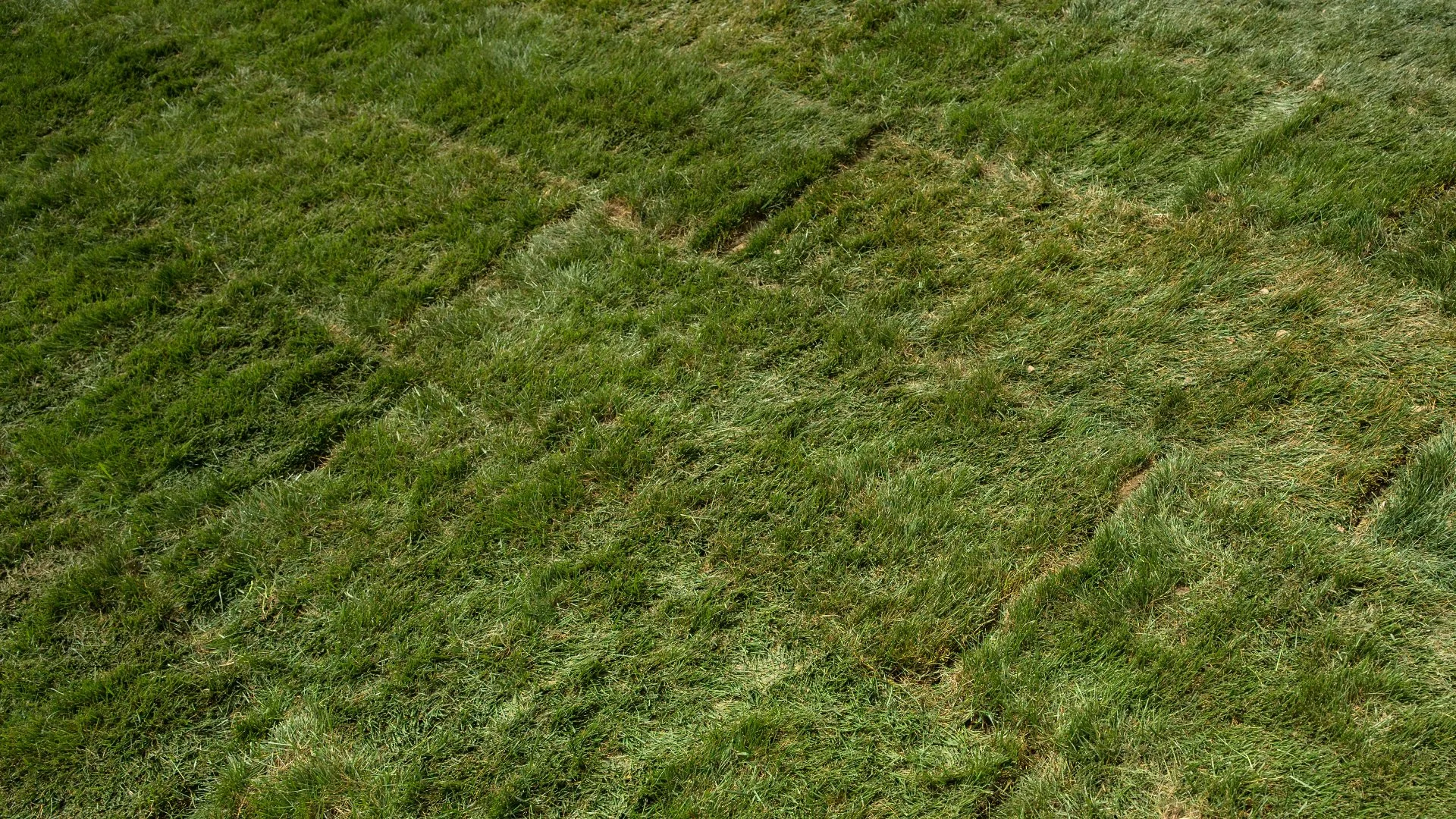
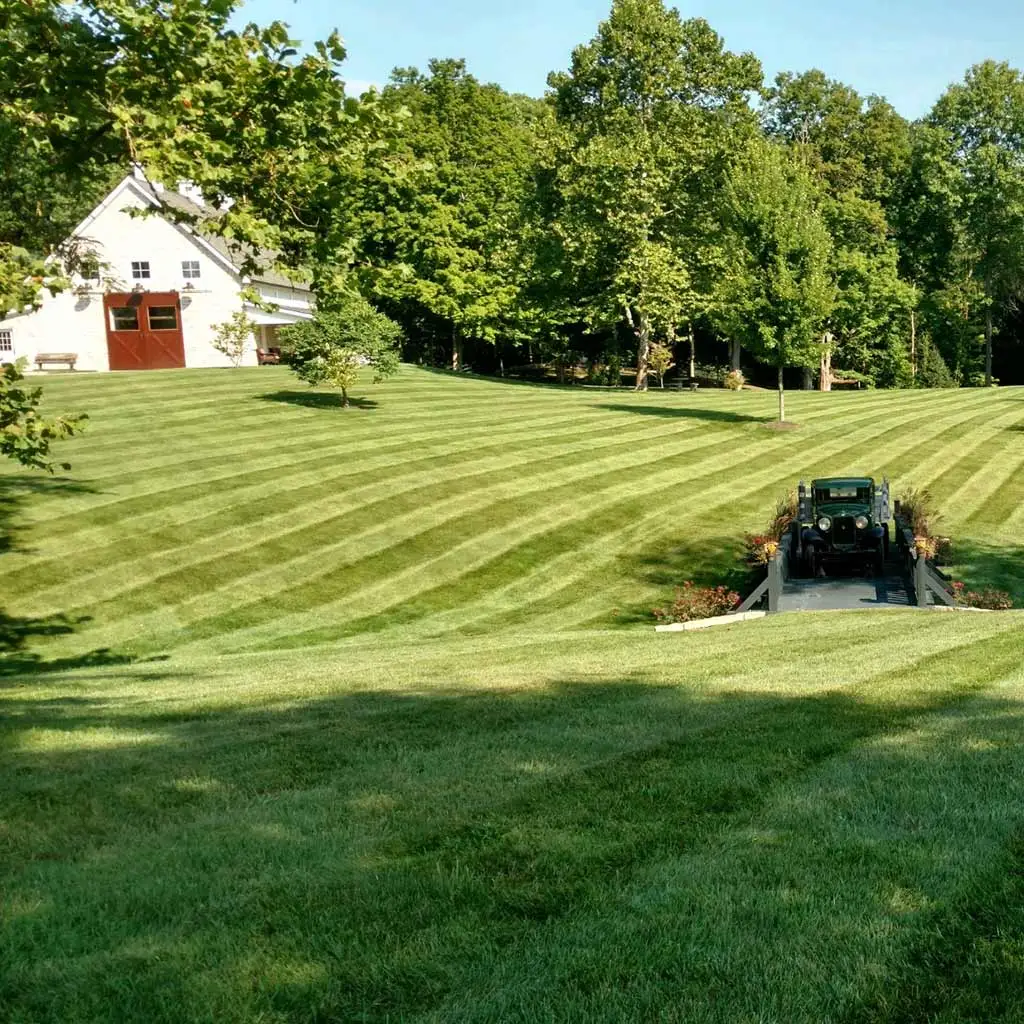

Comments (0)
Thanks for your comment!
Thanks for your feedback! Your comments have been successfully submitted! Please note, all comments require admin approval prior to display.
Error submitting comment!
There is a problem with your comment, please see below and try again.